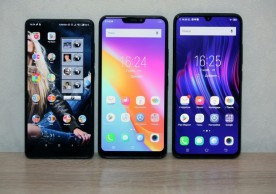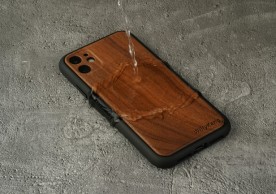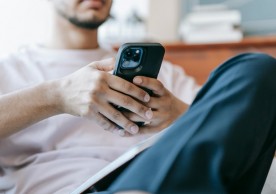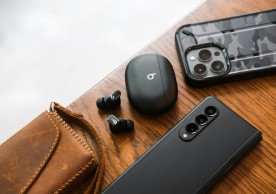Apple's 'NameDrop': Convenient Contact Swapping or Security Concern?
Apple's 'NameDrop': Convenient Contact Swapping or Security Concern?
Austin JayWhile many fans really like the upgrades in iOS 17 and are exploring what it can do, there's this one thing called NameDrop that's got folks split.
Some seem to think it's handy to lift your phone to share contact stuff with others, but others aren't sure about possible security issues.
People have different thoughts on accidentally giving away information when you didn't mean to or, even worse, what could happen if someone stole your information since it's so easy to pass along.
Folks can't agree on whether NameDrop's help is worth the risks it could bring.
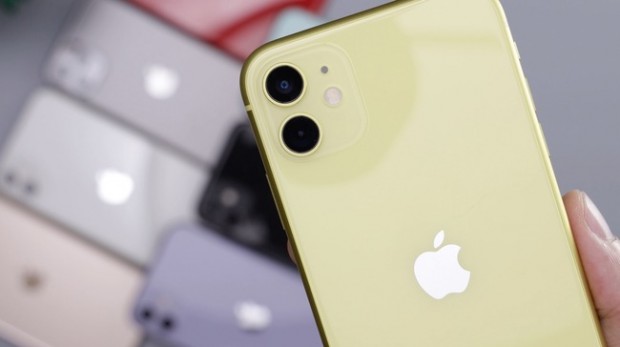
Recent Security Concerns about the NameDrop Feature
Misinformation from law enforcement agencies about the NameDrop feature in iOS 17 sparked concerns recently. Despite being available since September, multiple police departments issued warnings this week, highlighting the security risks of NameDrop.
This uproar stemmed from one small department's post, which was subsequently reposted without proper verification, leading to widespread concern.
Most claims about NameDrop's potential risks were misleading.
Contrary to warnings, NameDrop only activates when the tops of both phones are within centimeters, and Bluetooth is active on devices with the iOS 17 update. It does not automatically share information; user interaction is required on both ends.
Additionally, it doesn't reveal addresses or photos, except for a user's Contact Poster image if set.
Ultimately, the only risk comes from users not employing any security measures on their devices, posing broader security threats beyond NameDrop's scope.
Also Read: Apple Aims High, Eyeing Qualcomm's 5G IPhone Modem Replacement
NameDrop: Is it a security risk?
NameDrop in the new iPhone iOS has folks thinking about privacy risks. But Apple says you're in charge of what info is shared when NameDrop swaps contacts.
If two phones are close, you can let the other person get your reference or share and get theirs, too.
Accidental sharing can be controlled by choosing what's sent or taking only what's given.
In order to stay safe in crowds, security pros offer low-tech ways like hiding your phone under paper while beaming data. Turning NameDrop off is simple; note that it starts right after iOS 17 updates or iPhone 15 buys without you saying so, so you have to turn it off if you don't want it running.
How to Disable NameDrop?
Disabling Namedrop is easy to do. All you need to do is open up the settings on your phone, go to "General," and then find the section about "Airdrop." Once you get there, toggle the "Bring Devices Together" option off.
If you change your mind later and want to turn it back on, follow the same steps and flip the switch the other way. I
t's a quick fix if you want some more privacy or to share with others when you want. This lets you control who can find your phone without too much hassle, so you can decide when you're open to being put out there.
Related Article: Apple Alerts Users: Zero-Day Vulnerability Under Active Exploitation
most read
related stories
more stories from Reviews
-
Top 8 Travel Apps: Navigation, Bookings, Places to Stay, and More
Here are the top 8 travel apps for seamless navigation, bookings, finding places to stay, and more. Happy travels!
ernest hamilton -
6 Exceptional Healthcare Apps You Need to Check Out: Medisafe Pill Minder, MySugr, Teladoc, and More
Discover top-notch healthcare apps for your needs! Explore now for a healthier you!
ernest hamilton -
Top 6 Underrated Smartphones You Should Consider
Discover the hidden gems! Explore our list of the top 6 underrated smartphones you should consider now.
ernest hamilton -
Top 6 Water-Resistant Phones of 2024: Perfect for Any Adventure
Explore the top 6 water-resistant phones of 2024, designed to withstand any adventure. Stay connected, rain or shine!
ernest hamilton -
Top Smartphones 2024: Best Choices for Music and Movie Enthusiasts
Discover the top smartphones of 2024 tailored for music and movie enthusiasts. Elevate your entertainment experience today!
ernest hamilton -
Top 5 Android Phones for Students in 2024: A Comprehensive Guide
Discover the top 5 Android phones tailored for students in 2024! Don't miss out on this comprehensive guide to find the perfect device for your academic journey.
ernest hamilton -
Samsung Galaxy S20 FE 5G vs. iPhone 13: Choosing the Best Phone for Teens
Deciding between Samsung Galaxy S20 FE 5G and iPhone 13? Find the best phone for teens with this detailed comparison.
ernest hamilton -
Coachella 2024: From Paying, to Finding Music, Here Are 5 Apps You Need For The Festival
Prepare for Coachella 2024 with these 5 must-have apps, from payment solutions to music discovery. Enhance your festival experience now!
ernest hamilton










